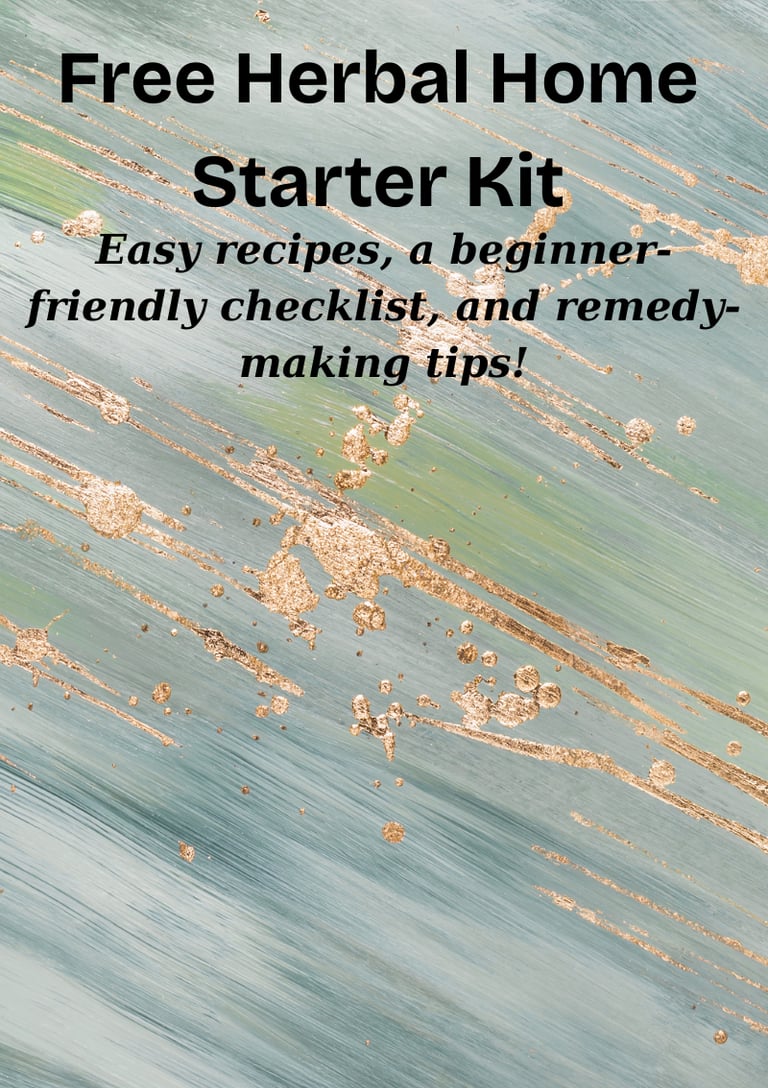How to Bake Your First Sourdough Loaf (Dutch Oven or Not!)
Learn how to bake your first sourdough loaf step-by-step - with or without a Dutch oven. Includes hydration tips, proofing signs, and two easy baking methods perfect for beginners.
HOMESTEAD KITCHEN & PANTRY STAPLES
CJ
7/20/20254 min read


How to Bake Your First Sourdough Loaf (No Stress Required!)
The cozy follow-up to starting your sourdough starter - now it's time to bake your first golden, crusty loaf.
This Is for You If:
You've fed your starter faithfully and it's bubbling with joy...but now you're wondering: How do I actually turn this into bread? Whether you have a Dutch oven or a regular baking sheet, this blog has you covered.
What You'll Learn:
The easiest method to bake your first loaf (step-by-step)
How to adapt if you don't own a Dutch oven
What hydration means and how to work with sticky dough
Signs of a well-proofed dough (and what happens if you under/overdo it)
Why Baking Sourdough Feels Intimidating (But Shouldn't Be)
There are a million tutorials out there - and many feel overly complicated. Here, we simplify the process. You'll only need your active starter, flour, water, and salt. You don't need fancy equipment or a PhD in fermentation science.
This is a beginner-friendly loaf that helps you learn by doing - and yes, your first loaf or two may be a bit wonky. That's totally normal. But it will still be delicious!
Let's Talk Dough
This is a 75% hydration dough. It will feel sticky and soft, but don't worry - that moisture gives you an open crumb (aka those beautiful holes inside) and a tender bite.
Flour: Bread flour is ideal, but you can also use a mix of all-purpose and whole wheat. When you are feeling more comfortable and are ready, a mixture of hard-red wheat berries and soft-white wheat berries can be added. The best thing about making bread at home? You can mix and match to create wonderful new flavors!
Water: Filtered or dechlorinated tap water is best. Chlorine can mess with the yeast.
Salt: Sea salt or kosher salt. Avoid iodized table salt, which can affect fermentation process.
Starter: Should be active and bubble. Feed it 4-6 hours before baking for best results.
Basic Beginner Sourdough Recipe
Makes 1 loaf
Ingredients:
100g (~1/3 Cup) active sourdough starter
375ml (~1 1/2 Cups +1Tbsp) warm distilled water (less than 110 degrees)
500g (~4 cups) bread flour
10g (~2tsp) sea salt
Instructions:
Mix all ingredients in a large bowl until shaggy and sticky. Cover with a towel and rest 30 minutes (autolyse).
Stretch and fold the dough 4 times over 2 hours (every 30 minutes about). Cover in between. This doesn't have to be perfect or exactly on time. Just do your best! Grab one end of the dough, pull it up gently, fold it to the center of the bowl. Repeat this all the way around the bowl.
Bulk ferment the dough 4-6 hours at room temp until bubbly and doubled.
Shape the dough into a round or oval, then place into a well-floured (with rice flour, not regular flour) banneton or bowl lined with a well floured towel.
Final proof for 1-2 hours at room temp or overnight in the fridge (8-12 hrs). Letting rise at room temp will allow you to create and eat in the same day. If you final proof in the fridge, you will create a deeper flavor. Bonus tip: try this for all baked goods, including cookies.
Baking
Option 1: Dutch Oven Method
Preheat oven to 475 degrees with Dutch oven inside-Doing the preheat will create a crunchy crust on the bottom
Cut parchment paper slightly larger than dough round to create handles, sprinkle with cornmeal if you have it and want to. Adds another layer between dough and bottom of Dutch oven to help keep it from over browning.
Gently turn dough onto parchment paper or silicone sling, score the top with a sharp knife or lame. You don't need to do anything fancy here while learning. A cut from top to bottom off center, and about 1/2 inch deep, will create a place for steam to escape.
Lower into Dutch oven, cover, and bake 20 minutes. The cut and bread itself will create a moist, steaming environment.
If you want a dark top, remove lid and bake 20-25 minutes more, if not leave lid on and continue to cook until golden and crusty and/or internal temp is greater than 190 degrees.
Pro tip: Let cool at least 1 hour before slicing-this helps sets the crumb and keeps the moisture inside!
Option 2: Baking Sheet Method
Place a small pan on the ovens bottom shelf and preheat to 475 degrees.
Gently transfer shaped dough onto parchment-lined baking sheet, score the top same as above.
Just before baking, pour 1 cup hot water into the preheated pan for steam.
Bake 40-45 minutes, turning once halfway if browning unevenly. Watch for golden crust, and greater than 190 degrees internal temp.
Tip: Steam is key - it gives you a crusty, chewy finish without a Dutch oven
Final Thought
You first loaf (or 3) may be flat, funny-looking, or absolute perfection. Either way, you did it! You fed your starter, shaped your dough, and baked real bread with your own hands.
You are now officially a sourdough baker.
Tag us at The Hearth Witch's Nook if you try this recipe, and don't forget to snag the printable guide to keep on your fridge.
You've got this!




Questions? Email me at hello@thehearthwitchsnook.com
Explore natural remedies and hearth-centered living.
© 2025. All rights reserved.
Disclaimer: The content on this website is for educational and informational purposes only. It is not intended to diagnose, treat, cure or prevent any disease or health condition. Always consult with a qualified healthcare provider before making changes to your health or wellness routines-especially when using herbs, essential oils, or supplements for children, pets, or if you are pregnant, nursing or have a medical condition. The Hearth Witch's Nook is not responsible for individual outcomes.




